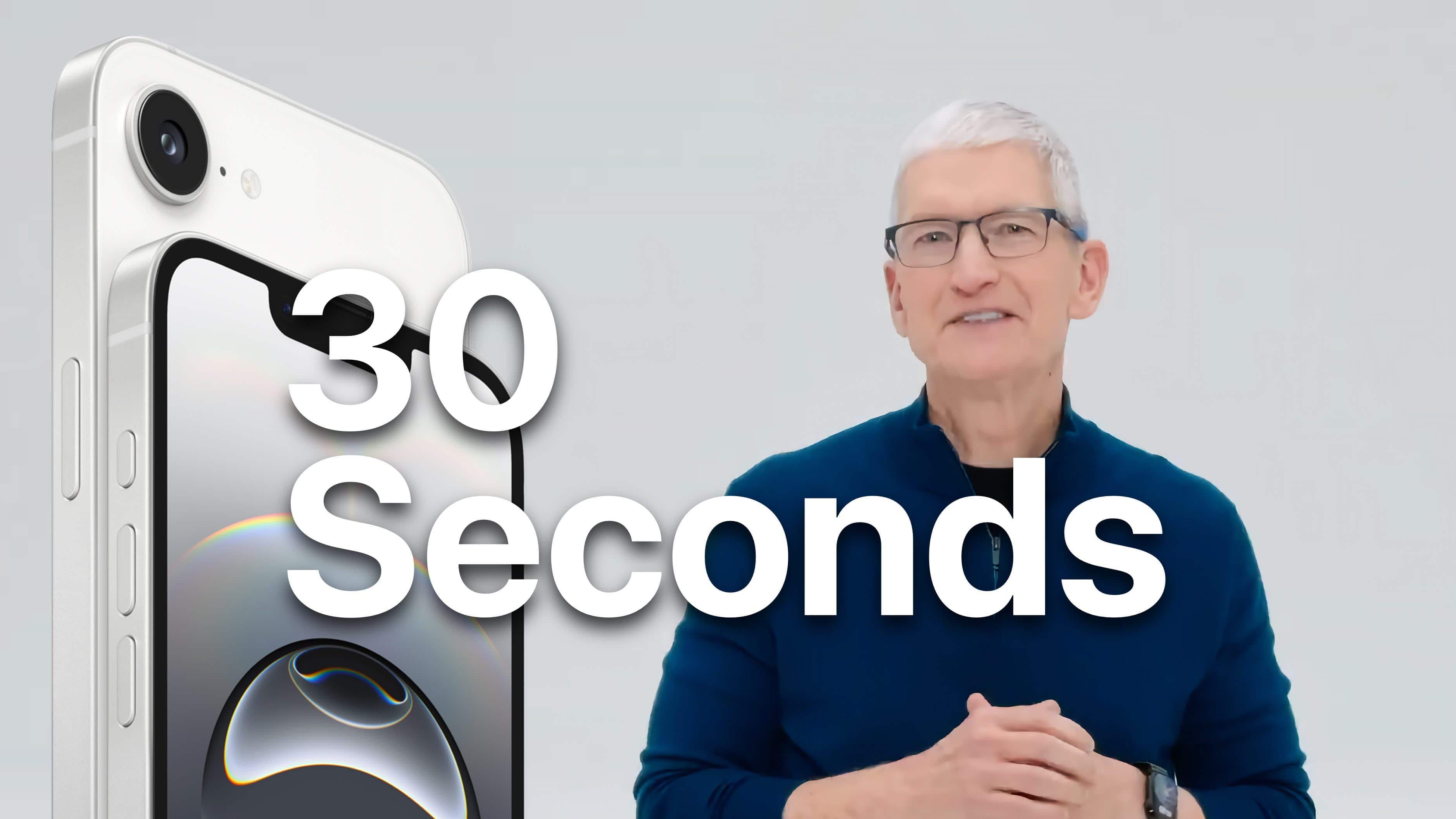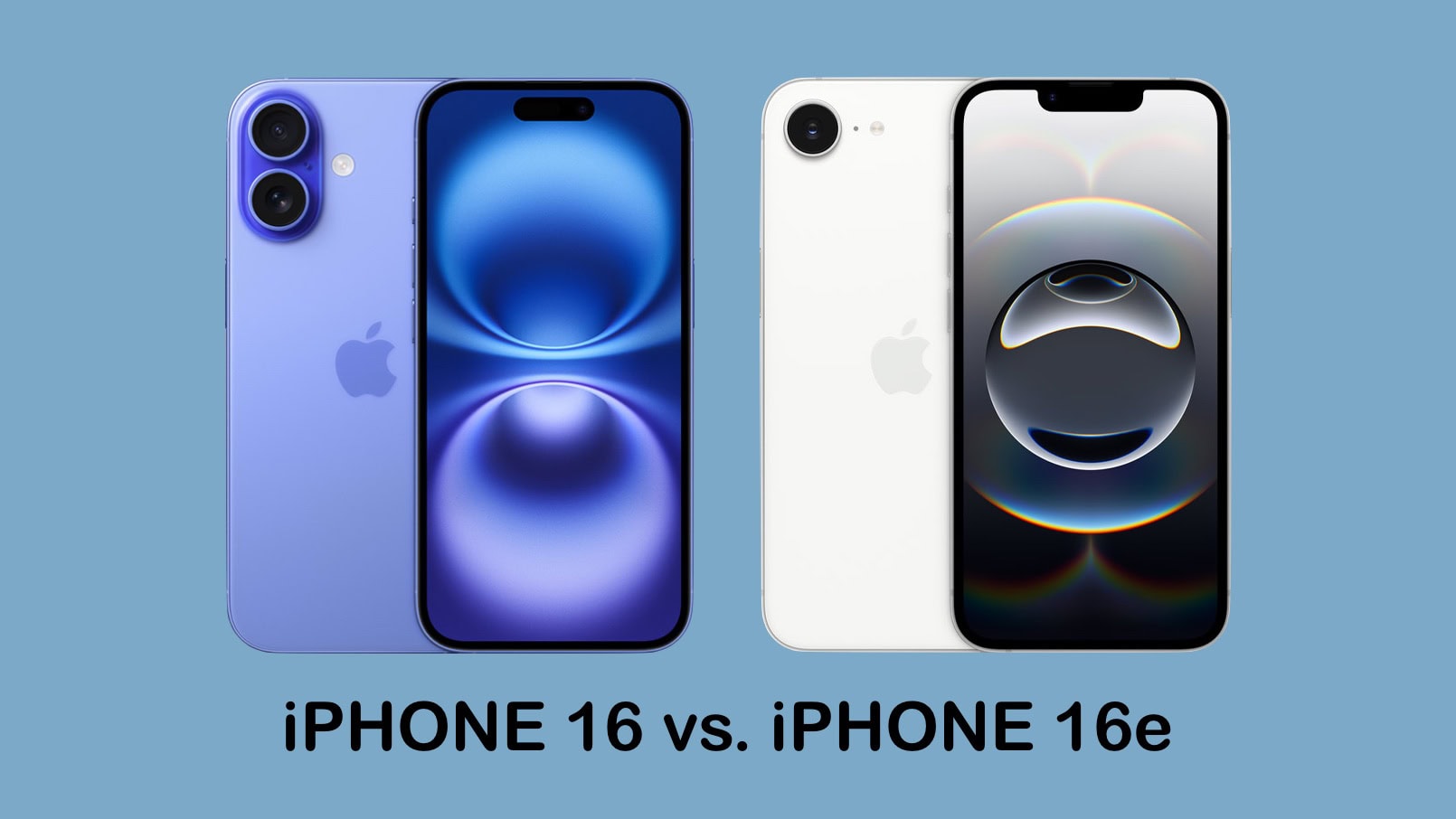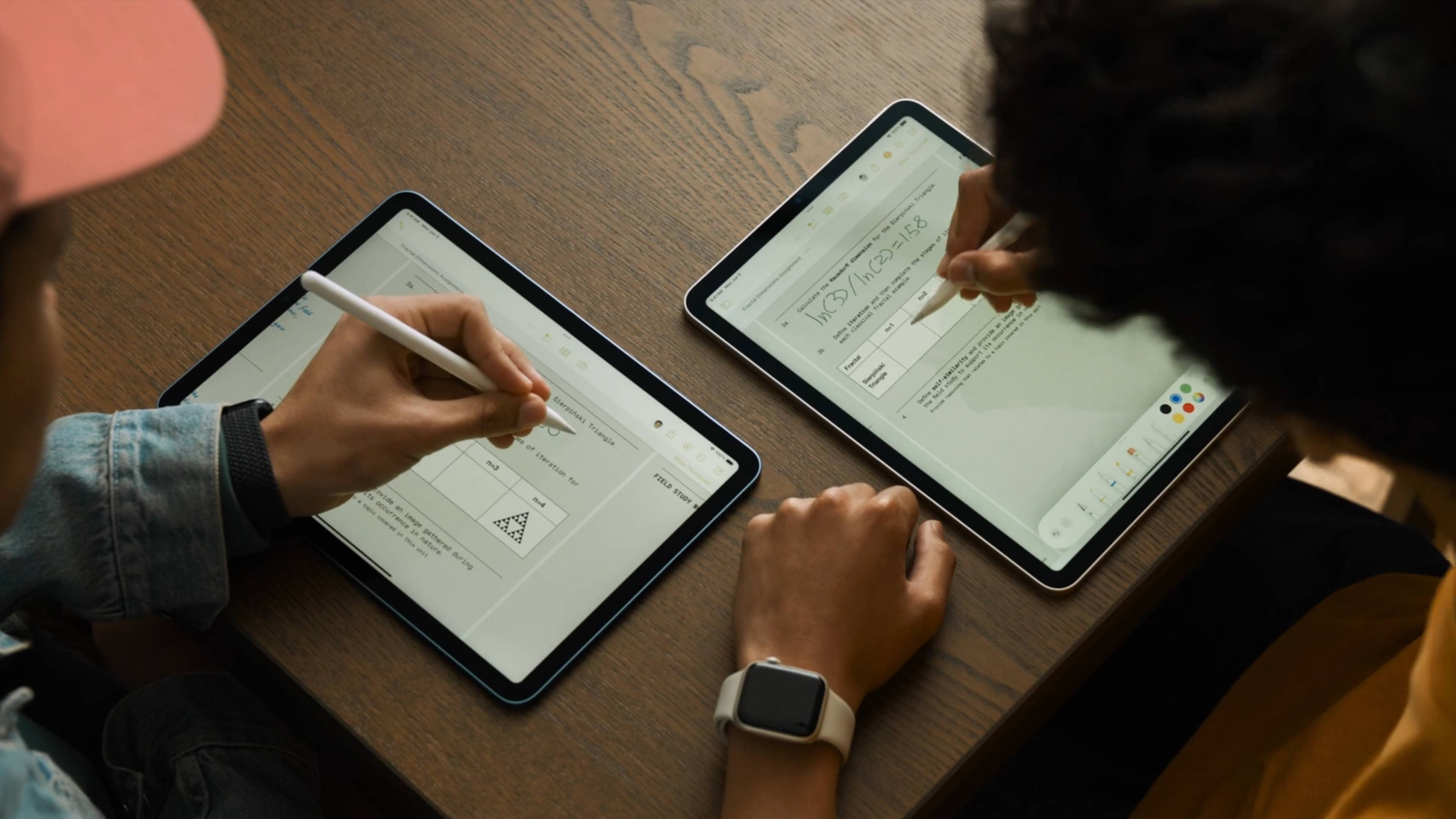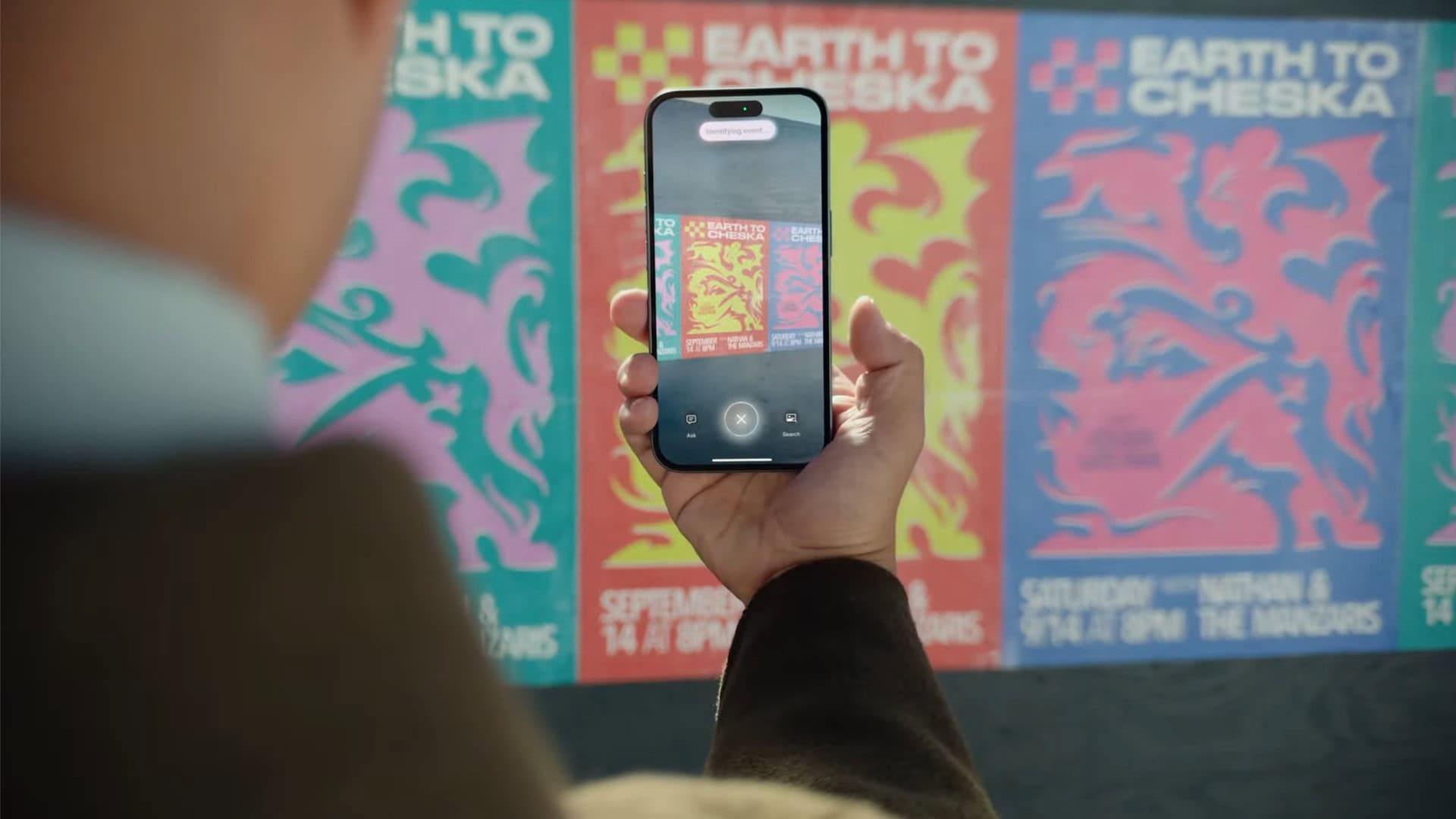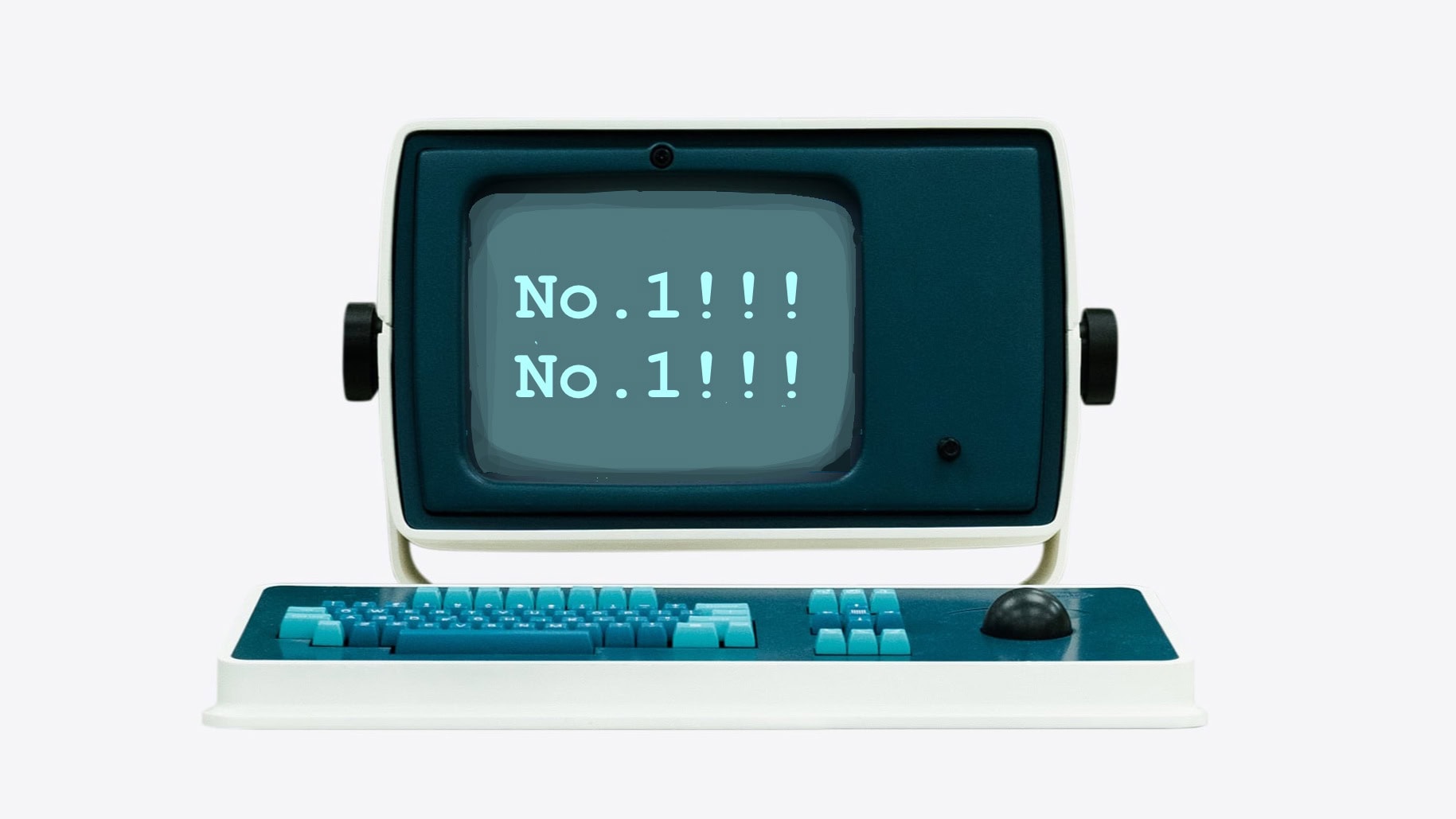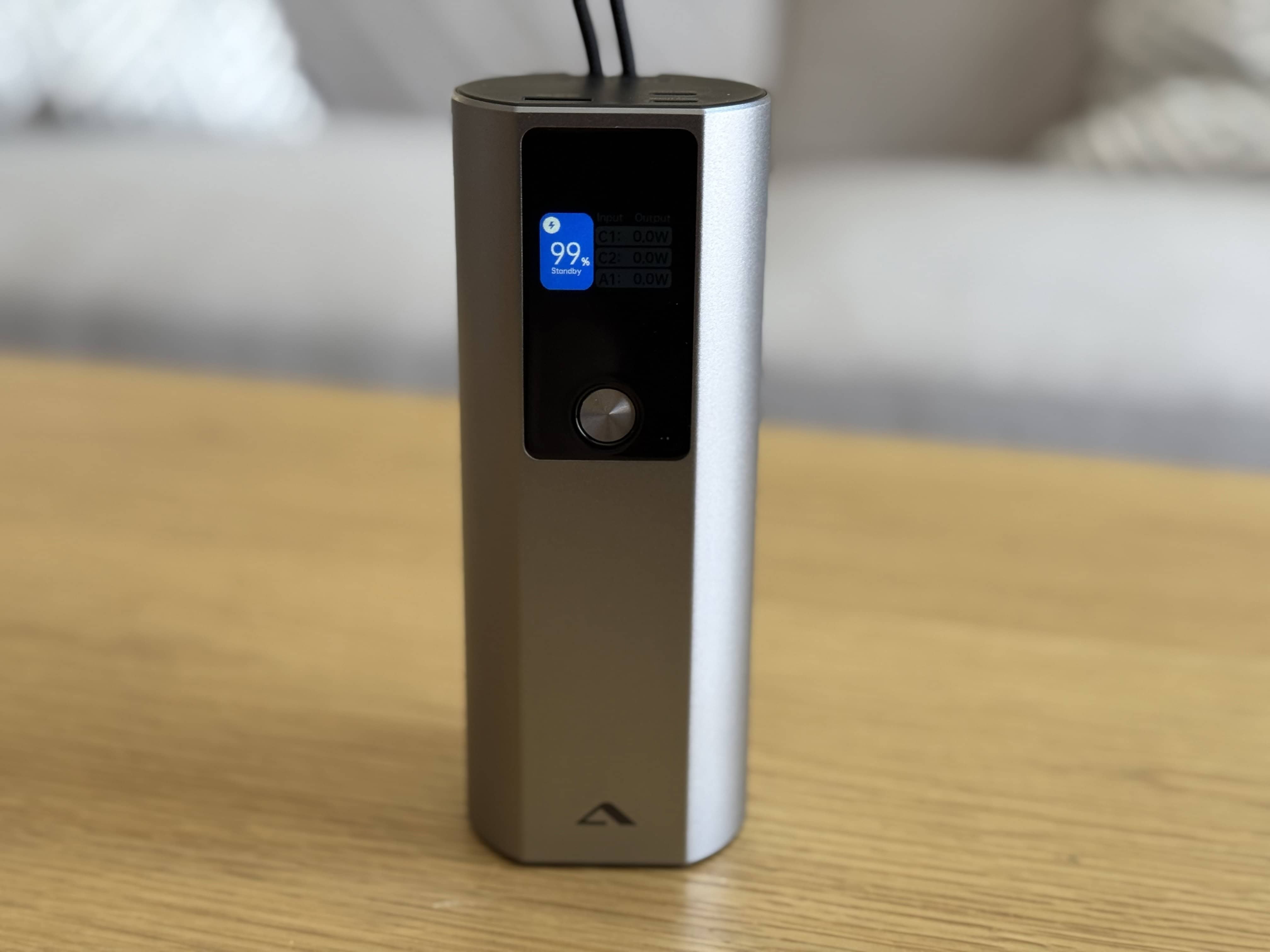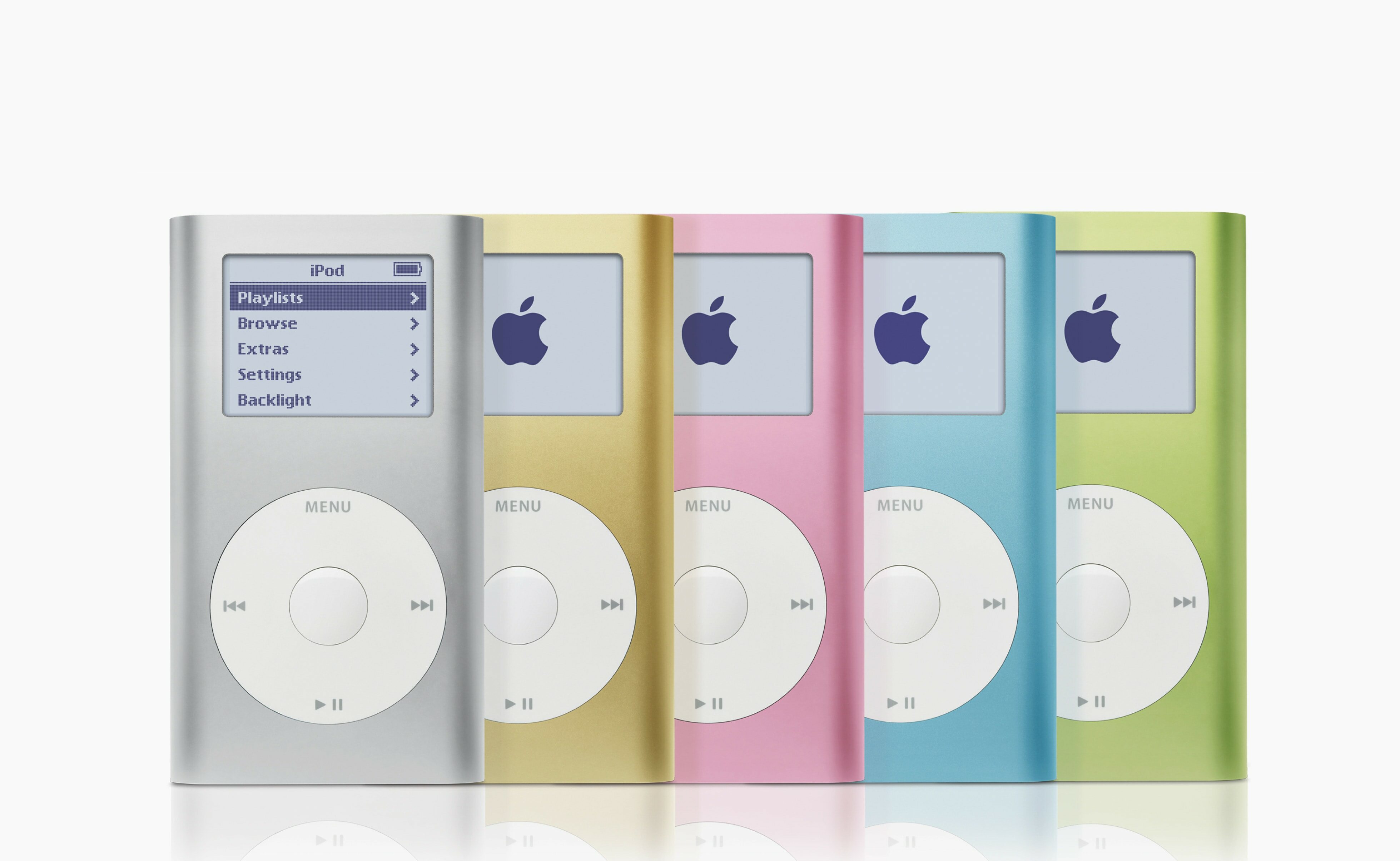A few years ago, I interviewed Tony Fadell, the former Apple engineer who helped develop the first iPod and then successfully ran the iPod division that transformed Apple into today’s consumer electronics powerhouse.
He told me something I found very revealing about how Apple operates as a business.
Fadell said he convinced Steve Jobs to make the humble iPod Shuffle — the screenless iPod that shuffled songs at random — purely to hit a $99 price point.
At the time, Fadell said, the cheapest iPod was the iPod mini, which started at $199.
But by introducing an inexpensive new iPod at less than $100, Apple could capture many price-sensitive customers for a far more lucrative Apple product — the iTunes Music Store.
So in January 2005, Apple launched two low-cost iPod Shuffle models at $99 and $149.
Apple was then able to offer an iPod of some description at every $50 price point between $99 and $499 — i.e., you could buy an iPod for $99, $149, $199, $249 and so on all the way up to the top-of-the line iPod at $499.
Hitting those price points was a key part of the iPod’s success, Fadell argued. Apple had an offering for every price point, and people tended to shop according to their budget, getting the model they could afford, not necessarily the one they wanted.
Which brings us to the iPhone 16e, Apple’s new low-cost iPhone. The same logic applies. Apple segmented the iPhone market into distinct price points, and there’s one iPhone model or another at every major price point between $599 and $1,199.
At first glance, the iPhone 16e looks like an excellent new member of the Apple family, as Tim Cook put it in an X post last week.
But upon closer inspection, the cost-cutting issues emerge.
Firstly, It doesn’t have MagSafe, the ring of magnets on the back that helps it align with wireless chargers and accessories (which is a deal-breaker for me, although that can be fixed with a simple magnetic sticker).
Here’s a full, detailed breakdown of how the new iPhone 16e stacks up against the regular iPhone 16. Read it to see whether it’s worth paying the extra $200.
Also in today’s newsletter:
Here’s a surprise. The iPhone 15 Pro models may be getting Visual Intelligence, a marquee Apple Intelligence feature, after all.
Talking of the iPod mini, today’s the day in Apple history that the diminutive music player launched to much fanfare.
The mighty but pricey Apple Pencil Pro — Apple’s top-of-the-line iPad stylus — is on sale on Amazon for a pretty good chunk off.
Severance left me cold but my son has been evangelizing the show — I guess I’d better start watching Apple’s TV+’s most popular show ever.
If you travel a lot, you might be interested in this beast of a portable battery — officially the biggest battery you can take on an airplane. See our hands-on review.
— Leander Kahney, EIC.
A message from the Cult of Mac Deals team
A message from the Cult of Mac Deals team
Tweets of the day
Wallpaper of the day
One more thing ...
iPod shuffle is smaller and lighter than a pack of gum and costs less than $100. With most flash-memory music players, users must use tiny displays and complicated controls to find their music; with iPod shuffle you just relax and it serves up new combinations of your music every time you listen.
Today’s poll
Did you have an iPod Shuffle?
Results from yesterday’s poll: What does the “e” in "iPhone 16e" mean, anyway?

Best reader comments


Subscribe to The Weekender — Get the week's best Apple news, reviews and how-tos from Cult of Mac, every Saturday morning. Our readers say: "Thank you guys for always posting cool stuff" -- Vaughn Nevins. "Very informative" -- Kenly Xavier.

